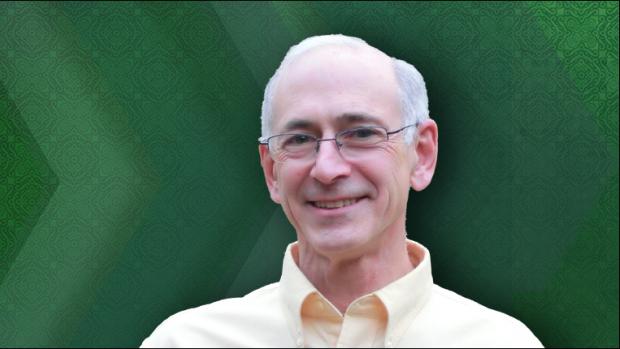From Programming a Vacuum-Tube IBM to a Place in Computer History
Leonard Shustek (’70) is Honored by the ACM

As a middle-school student in California, Leonard Shustek — the future co-founder and chair of Nestar Systems, an early developer of networks for personal computers — was chosen to spend a weekend at the Watson Lab in New York City. “I think what they were trying to do is convince people to [work with computers], instead of become what was referred to in those days as ‘JD’s’ (juvenile delinquents) and hanging out on the streets,” he once recalled to an interviewer. As a result, he learned how to program an IBM 650, a very early vacuum-tube machine, and he later went on to spend the summer before college operating a transistorized IBM 1620 at NYU’s Courant Institute, earning $1.25 an hour. “I couldn’t believe that they would pay me to operate a computer; I felt like I should pay them to operate the computer, not the other way around,” he quipped to the interviewer.
Shustek, the first in his family to attend college, chose to remain on the East Coast and major in physics at what was then affectionately called Poly. He focused on theoretical physics and quantum thermodynamics but could often be found in the school’s computer center (then still a rarity), using the IBM 7040 there and participating in the student chapter of the Association for Computing Machinery (ACM).
Now, that same organization has honored Shustek, who graduated with combined B.S. and M.S. degrees in 1970, with a Distinguished Service Award. The laurel was bestowed for his work in establishing the Computer History Museum, in Mountain View, California, a major repository of artifacts and historic preservation that examines not only the field’s history but its impact on society. Shustek has had a front-row seat to much of that history; he was at the first meeting of the storied Homebrew Computer Club, which counted Steve Jobs and Steve Wozniak among its members.
The museum also recently honored Shustek’s pivotal role in its founding by establishing the 50,000-square-feet Shustek Center, which houses climate-controlled storage for digital and archival collections, digitization workstations, and a software preservation lab.
The museum is far from the only institution that has benefited as a result of his philanthropy and vision, however; in 2003 he established an endowed chair in Tandon’s Department of Computer Science and Engineering.





